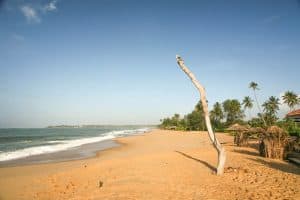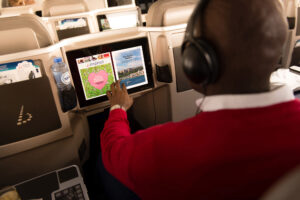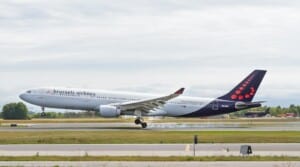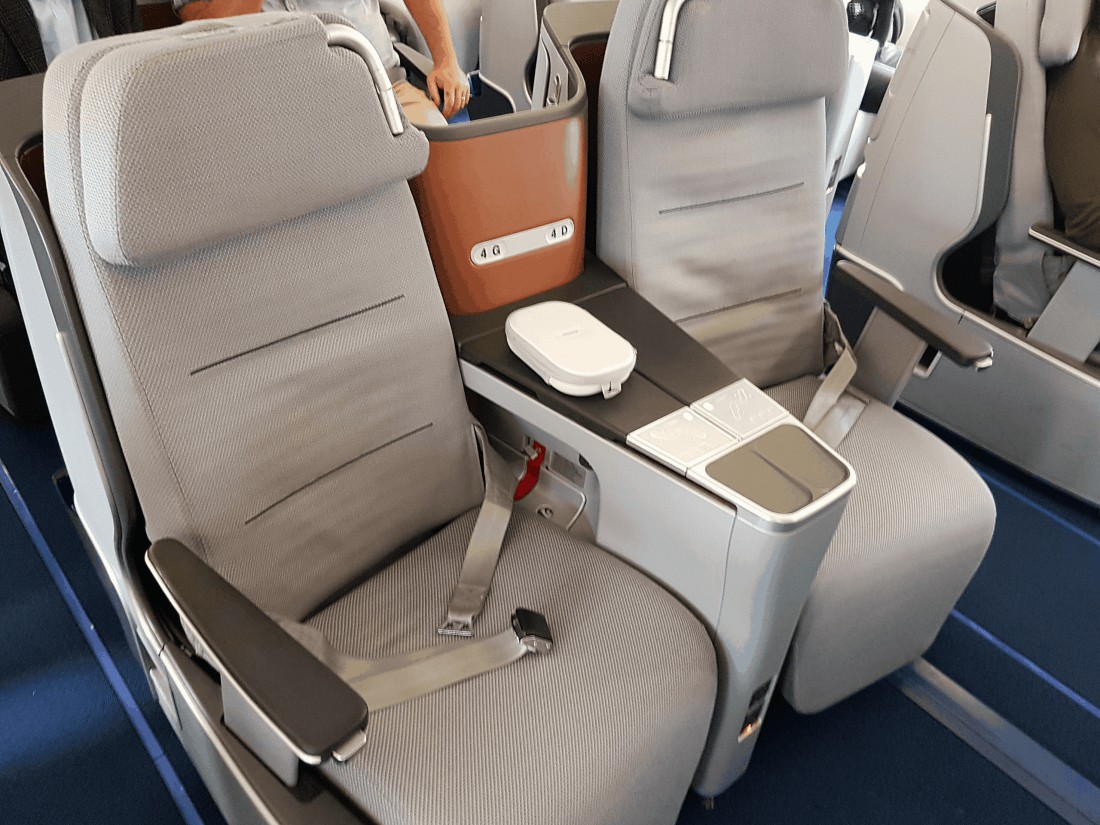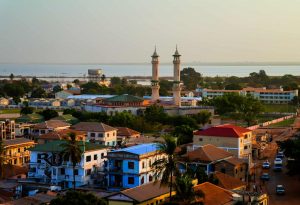Banjul, the small capital of The Gambia, sits on an island at the mouth of the River Gambia and offers a mix of colonial architecture, local markets, and beaches nearby. Key sights include Arch 22, which provides views over the city, the National Museum, and Albert Market for crafts and produce. The local currency is the Gambian dalasi (GMD), and prices are generally low compared to Western standards, though imported goods can be expensive. The city has a tropical climate—hot and humid year-round, with a rainy season from June to October and a drier, slightly cooler period from November to May.
Transport in The Gambia is fairly basic but functional. Within cities like Banjul and Serrekunda, movement relies mostly on shared taxis and minibuses, which are cheap but often crowded and loosely regulated. Roads in urban areas are paved but can be congested and uneven in places. Travel between towns is possible by bus or minibus along the main highway that follows the river, though journeys can be slow due to road conditions and frequent stops. There are no domestic flights or rail services, so overland transport is the main option for getting around.
